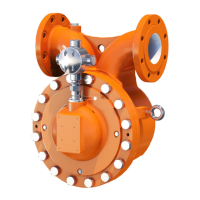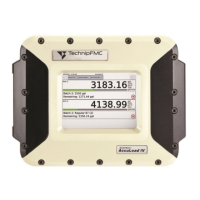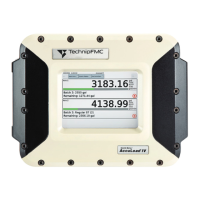Network Meter Block Installation, Operation, & Maintenance Manual
Monitoring and Configuring the NMB 37
7. Click Change.
8. Re-launch the NMB firmware.
4.4.3 Viewing Security Certificates
Unique factory-supplied security certificates are included with each NMB. You also can upload site-specific
certificates.
Three certificates are available in the NMB:
• Server certificate, which is used for the on-board web server
• Client certificate, which is used for the MQTT client
• Certificate Authority (CA) certificate, which is used to authenticate communication with the NMB when
access to an external network is not available
To view your NMB’s security certificates, complete the following steps:
1. Launch the Bootloader.
2. Select System Configure > TLS Certificate
3. When you finish viewing certificates, exit the Bootloader area and re-launch the NMB firmware.
4.4.4 Updating Your NMB’s Firmware
To take advantage of enhancements and bug fixes to the NMB, you can update its firmware on site.
To install a firmware update, complete the following steps:
1. Launch the Bootloader.
2. Select System Configure > Firmware Update.
3. Click the Choose File button and then select the new firmware image file (*.app) provided by
TechnipFMC on your local machine. Only valid, digitally signed application images from TechnipFMC
may be installed.
4. Click the Load button to upload the file to the NMB.
It is important to properly exit the Bootloader and re-launch the NMB firmware (see below) so that the
NMB can return to operating normally.
Launching the Bootloader ceases the NMB’s monitoring functionality and de-energizes all outputs.
It is important to properly exit the Bootloader and re-launch the NMB or TMD firmware so that the NMB
can return to operating normally. Closing your web browser without first properly exiting the Bootloader
lengthens the time that your NMB is functionally disabled.
Launching the Bootloader ceases the NMB’s monitoring functionality and de-energizes all outputs.

